Isolation, interference, and introgression: genomic perspectives on plant diversification
Deren Eaton
Dept. of Ecology, Evolution and Environmental Biology
Columbia University
University of Wisconsin Darwin Day Symposium, 2019
Homage to Darwin
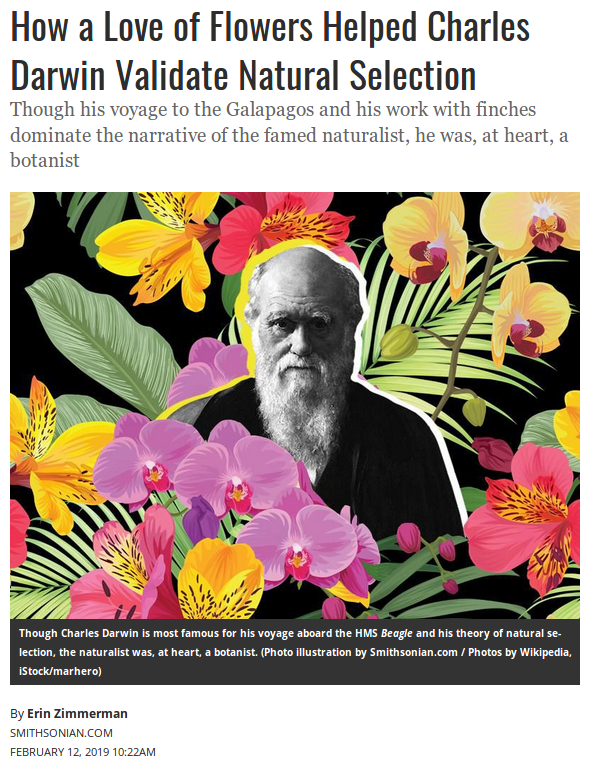
Homage to Darwin
"On the Two Forms, or Dimorphic Condition, in the Species of Primula,
and on their remarkable Sexual Relations" (Darwin 1862)
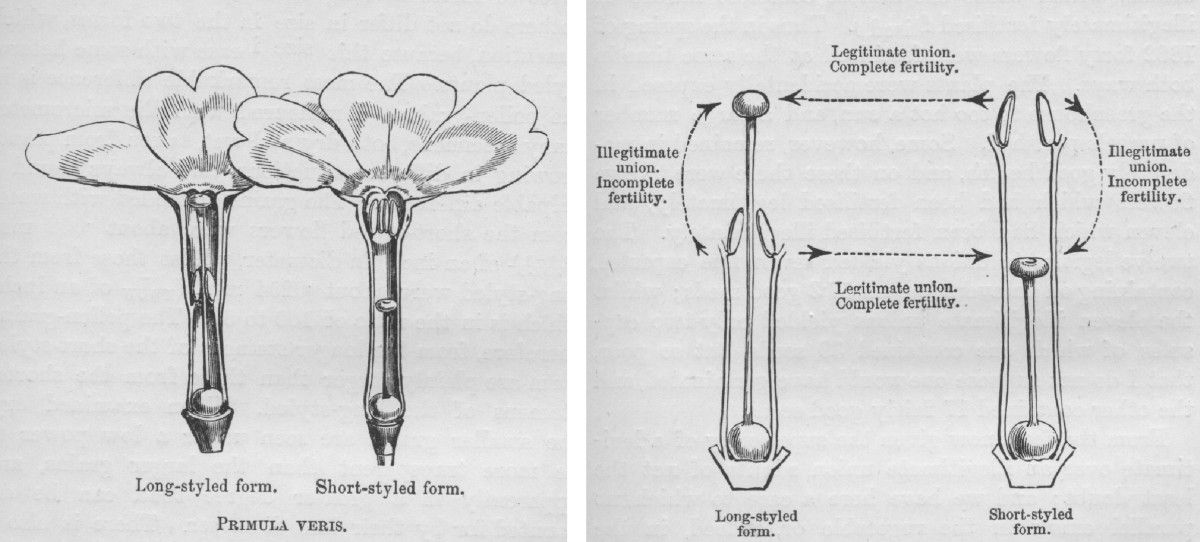
Homage to Darwin
"[In] 1862, my little book on the Fertilisation of Orchids, which cost me ten months' work, was published: most of the facts had been slowly accumulated during several previous years... I was led to attend to the cross-fertilisation of flowers by the aid of insects, from having come to the conclusion in my speculations on the origin of species, that crossing played an important part in keeping specific forms constant."
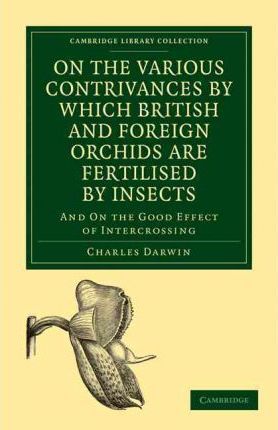
My background
I'm a Botanist (like Darwin), and an Evolutionary Biologist, Programmer, Ecologist, and Geneticist... probably in that order.
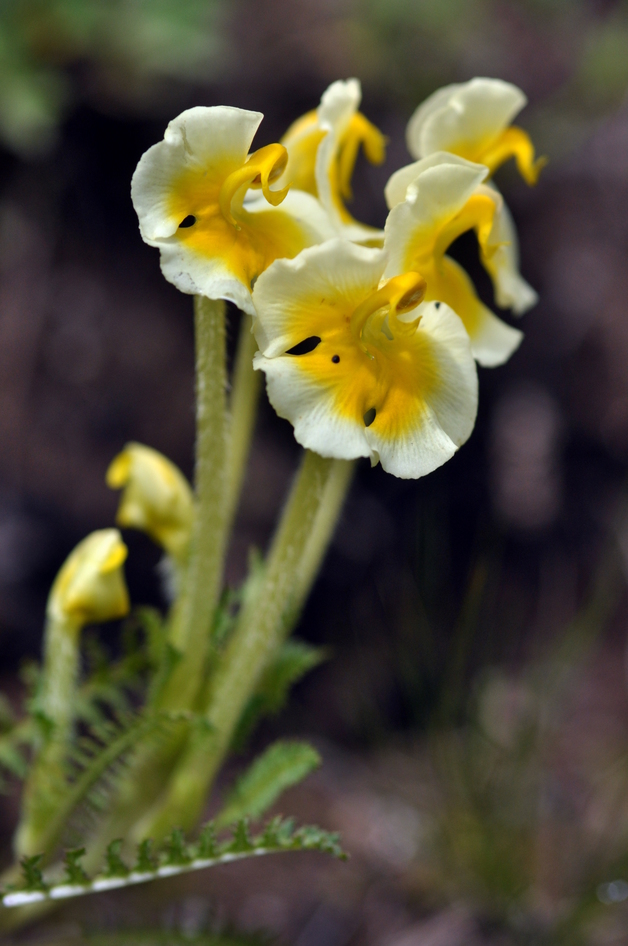
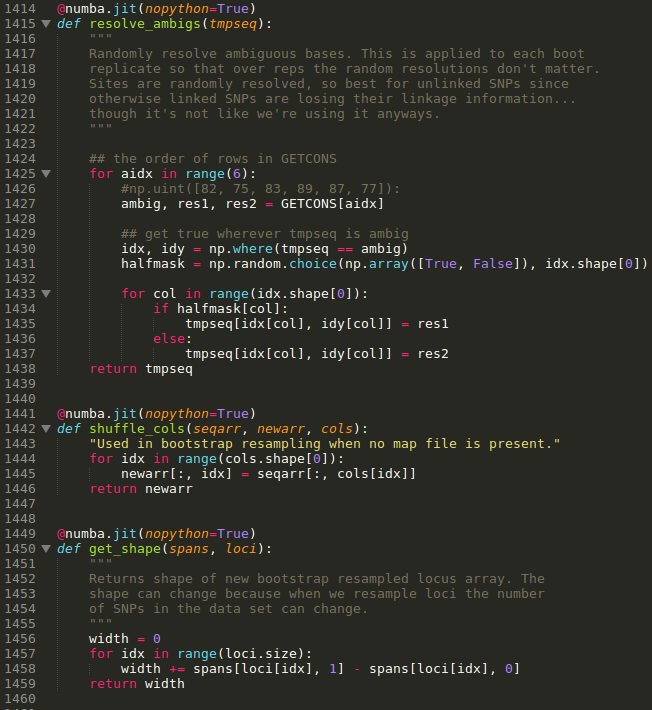
Genomics and Botany
And it's an exciting time for this! Genomic technologies are revolutionizing the study of ecology and evolution
The Ecological and Evolutionary Consequences of Reproductive Interactions
Interference:
Reproductive interactions among close relatives drive
floral character displacement in a hotspot of plant
diversity.

Isolation:
Floral divergence among populations affects
rates of gene and species coherence.
Introgression:
SNP based methods for reconstructing admixture on trees.
The Hengduan Mountains
The Hengduan Mountains

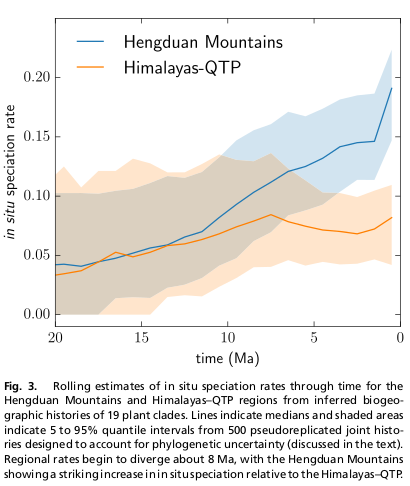
The Hengduan Mountains
Collaborators
Pedicularis L. in China
Species rich:
>600 species worldwide, approximately 300 endemic to Hengduan.
We collected >60 species from 100 locations in 2018.
Morphologically diverse:
Spectacular floral diversity and abundant homoplasy;
similar forms have evolved repeatedly.
Complex history of assembly:
Mountain uplift over millions of years, glacial cycles over
thousands of years, river and mountains barriers, lead to
constantly shuffling communities (and species
interactions).
Floral diversity in Pedicularis
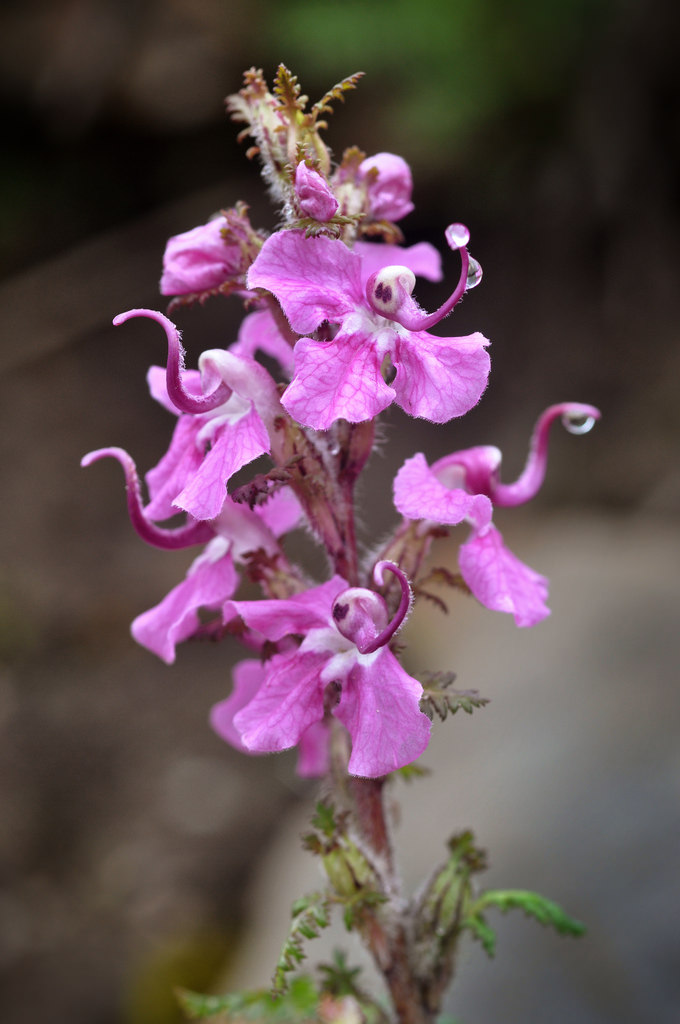

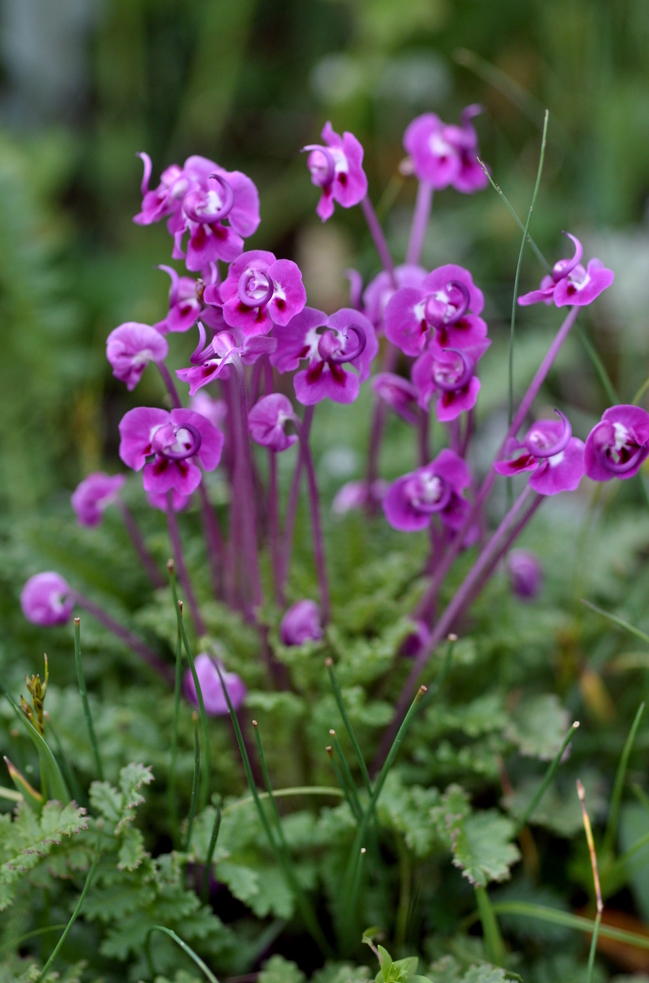
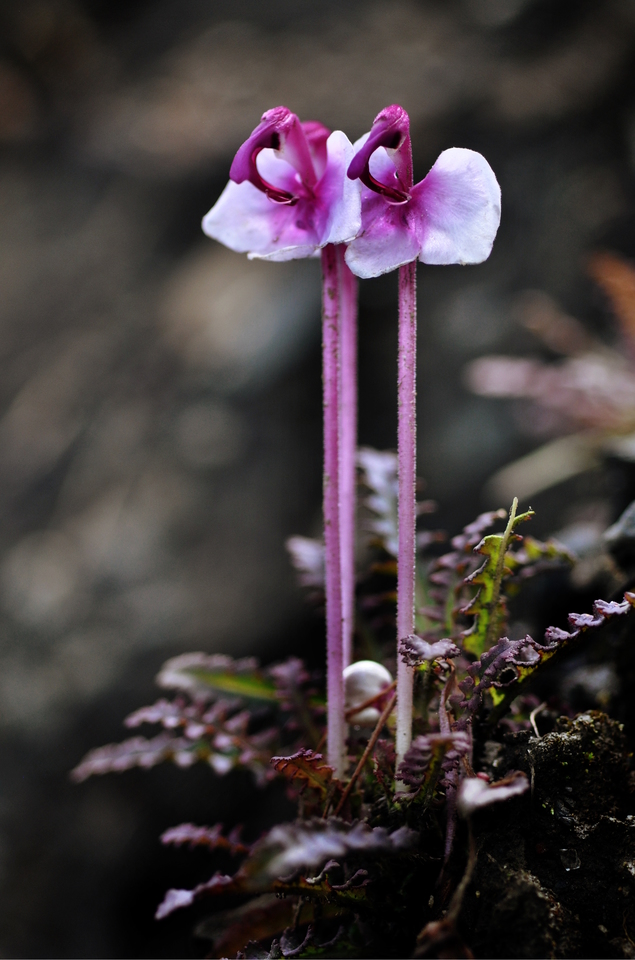
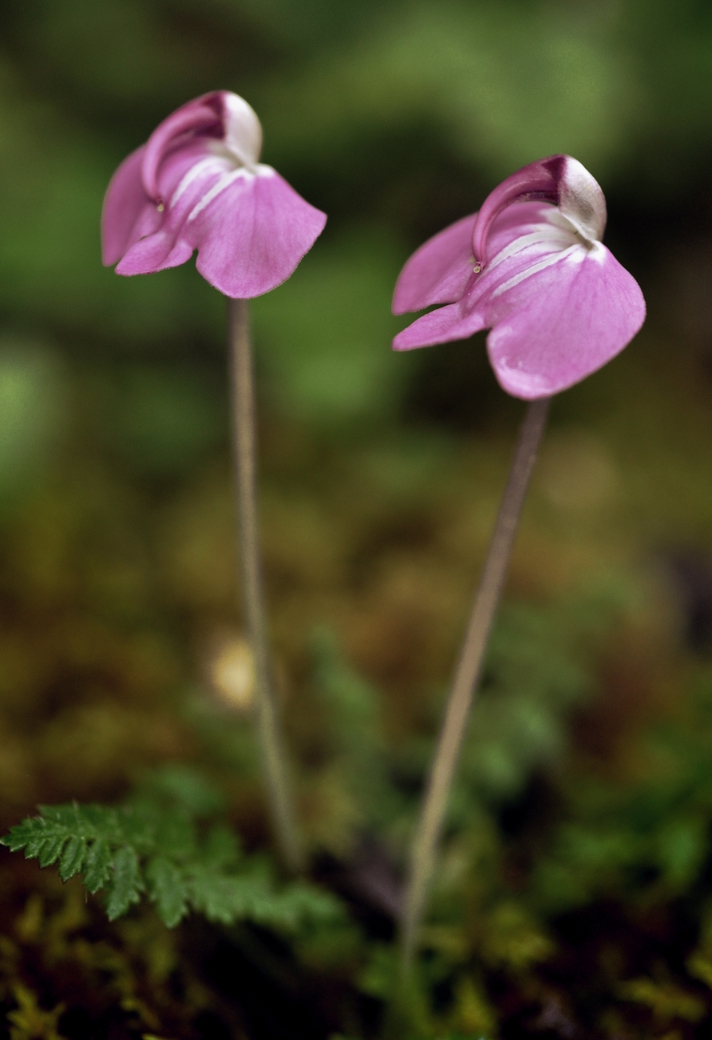
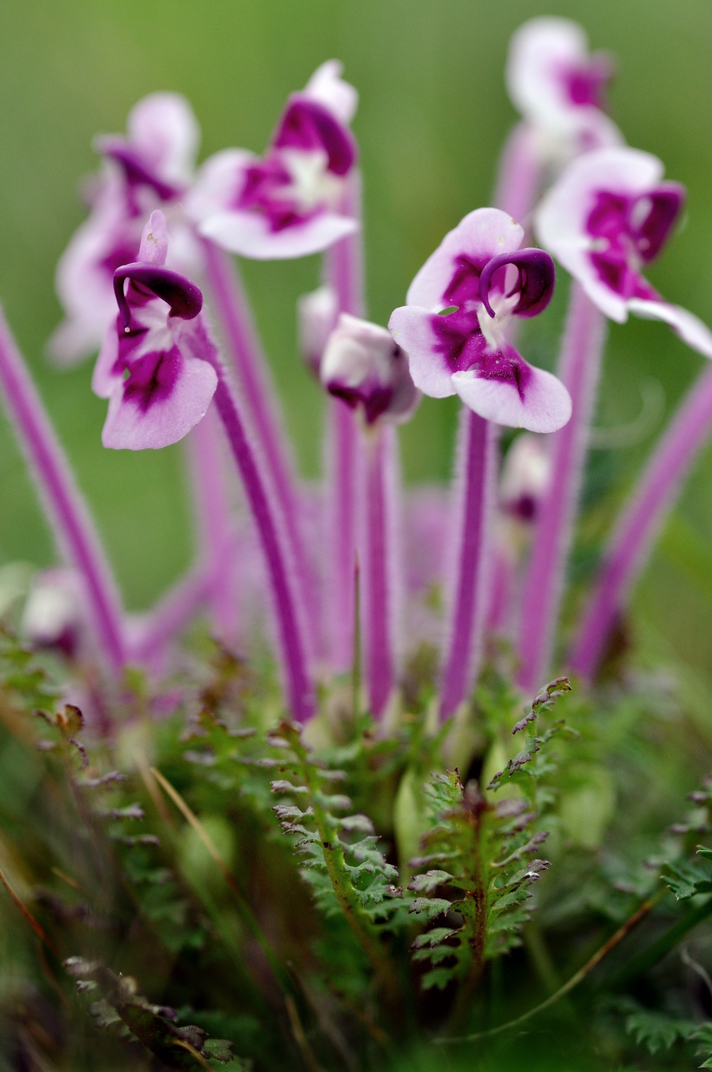
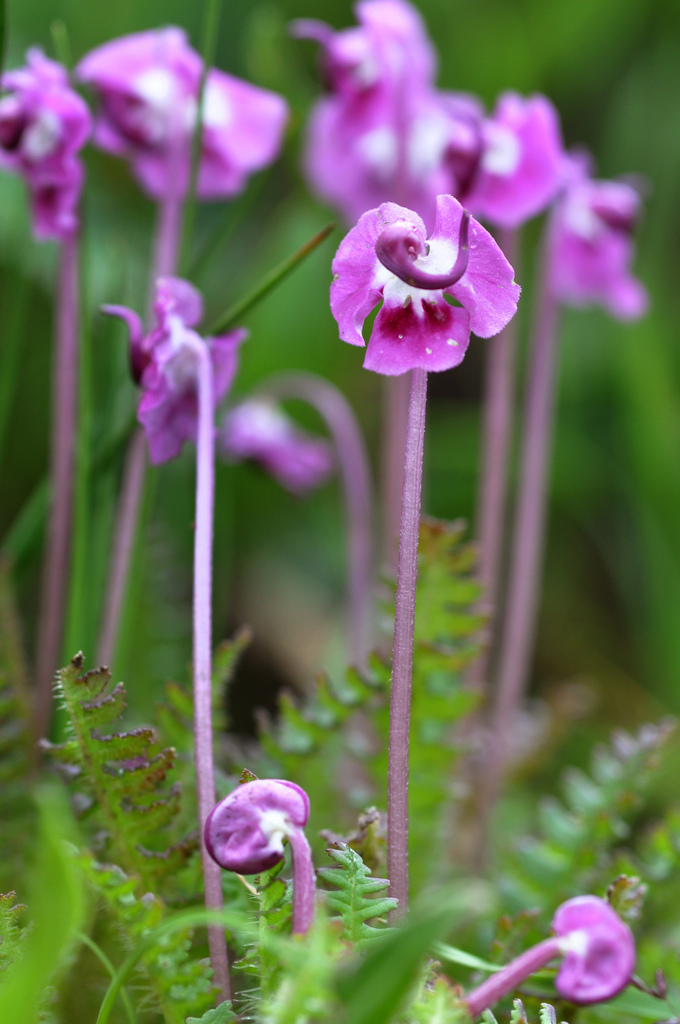
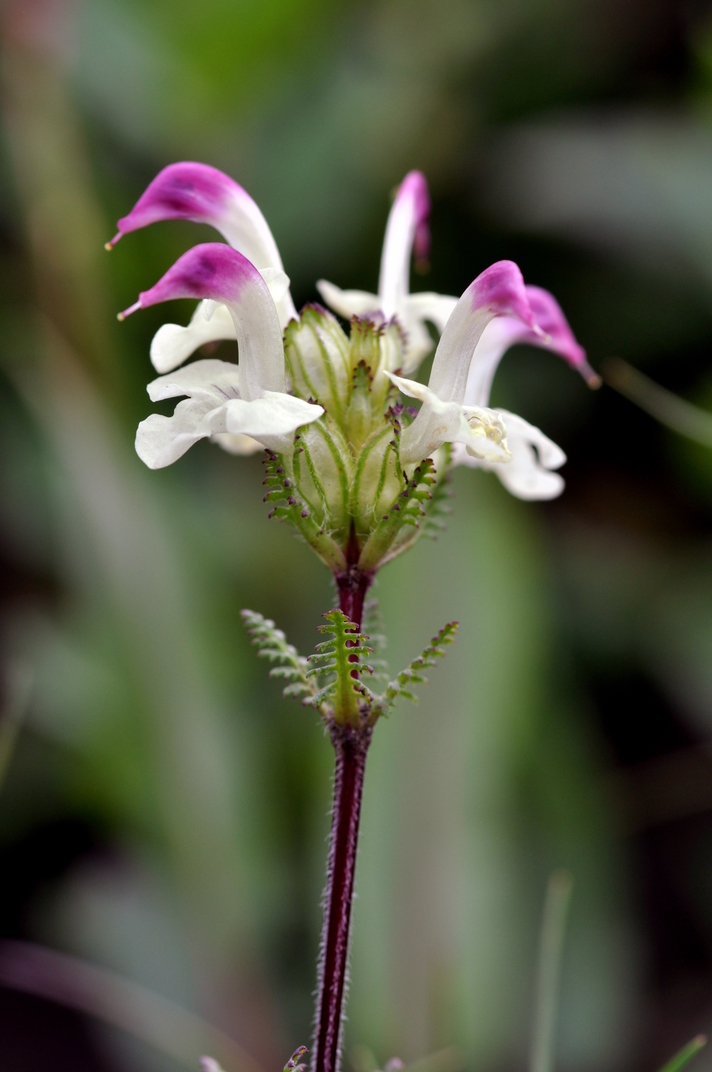
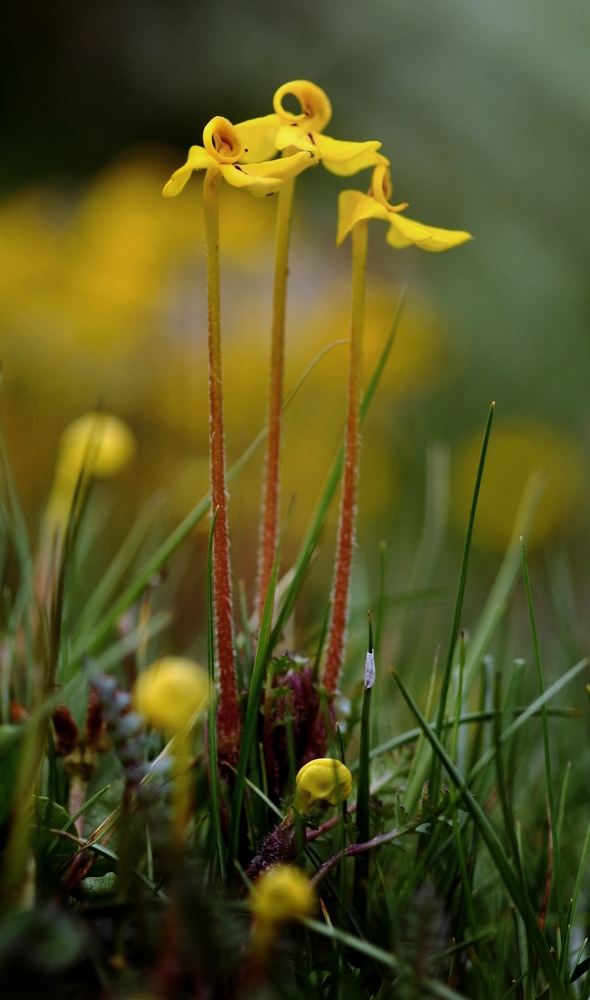
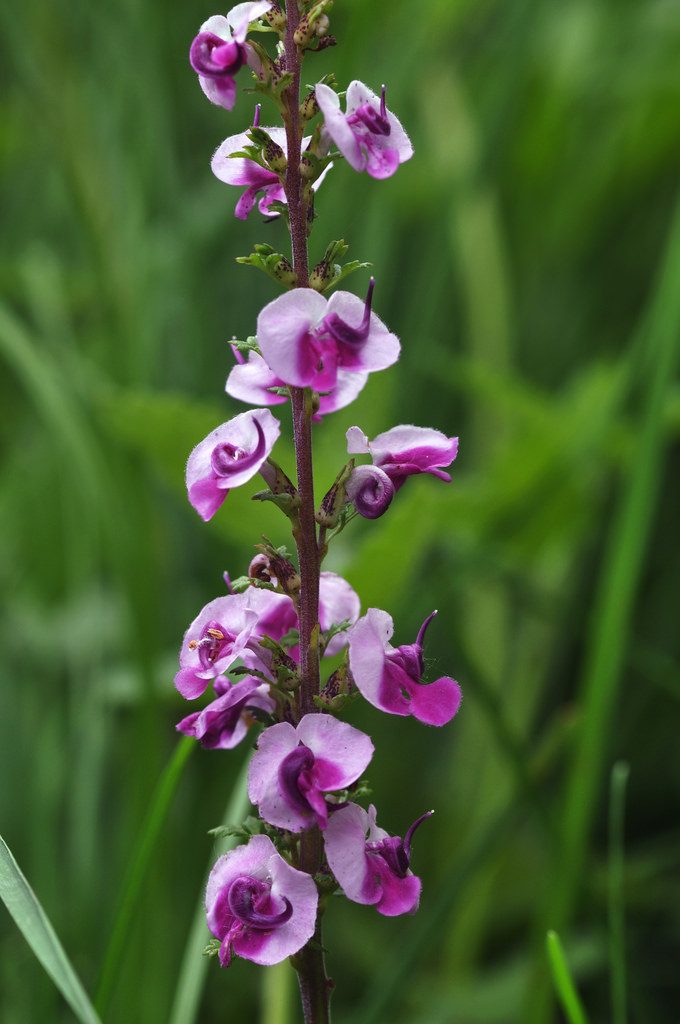
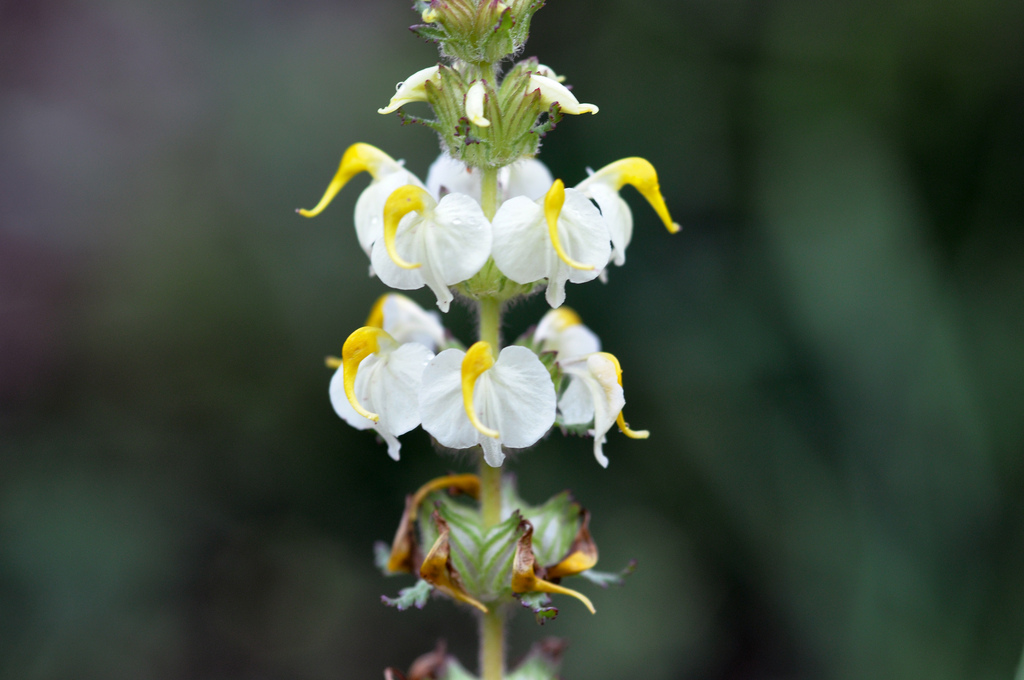
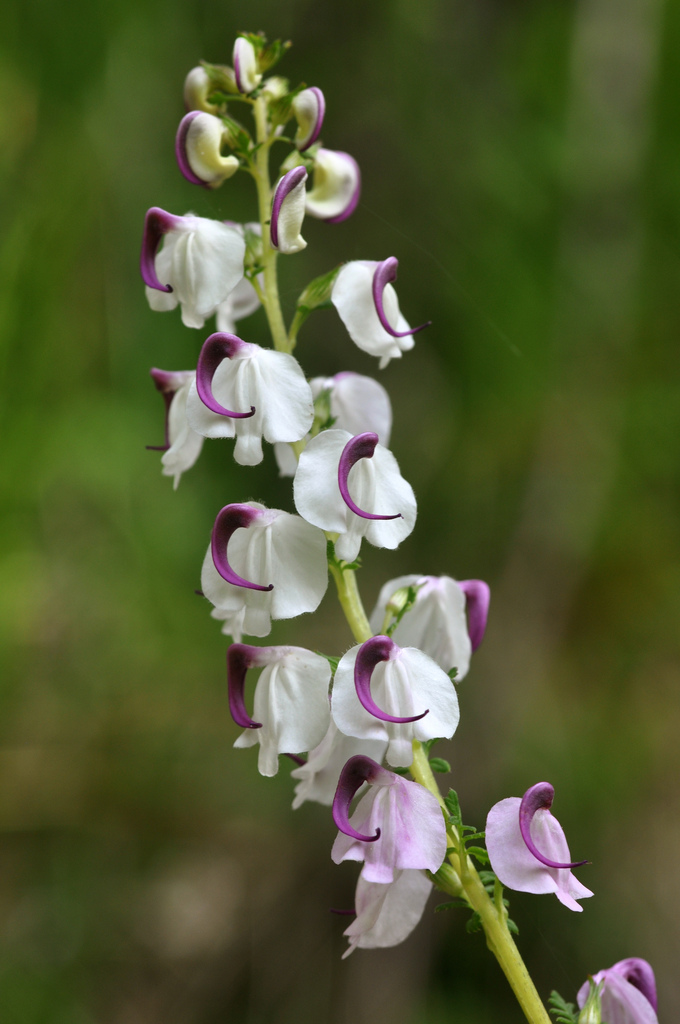
Reproductive interference
Negative fitness consequences imposed by one organism on another by disrupting successful reproduction.
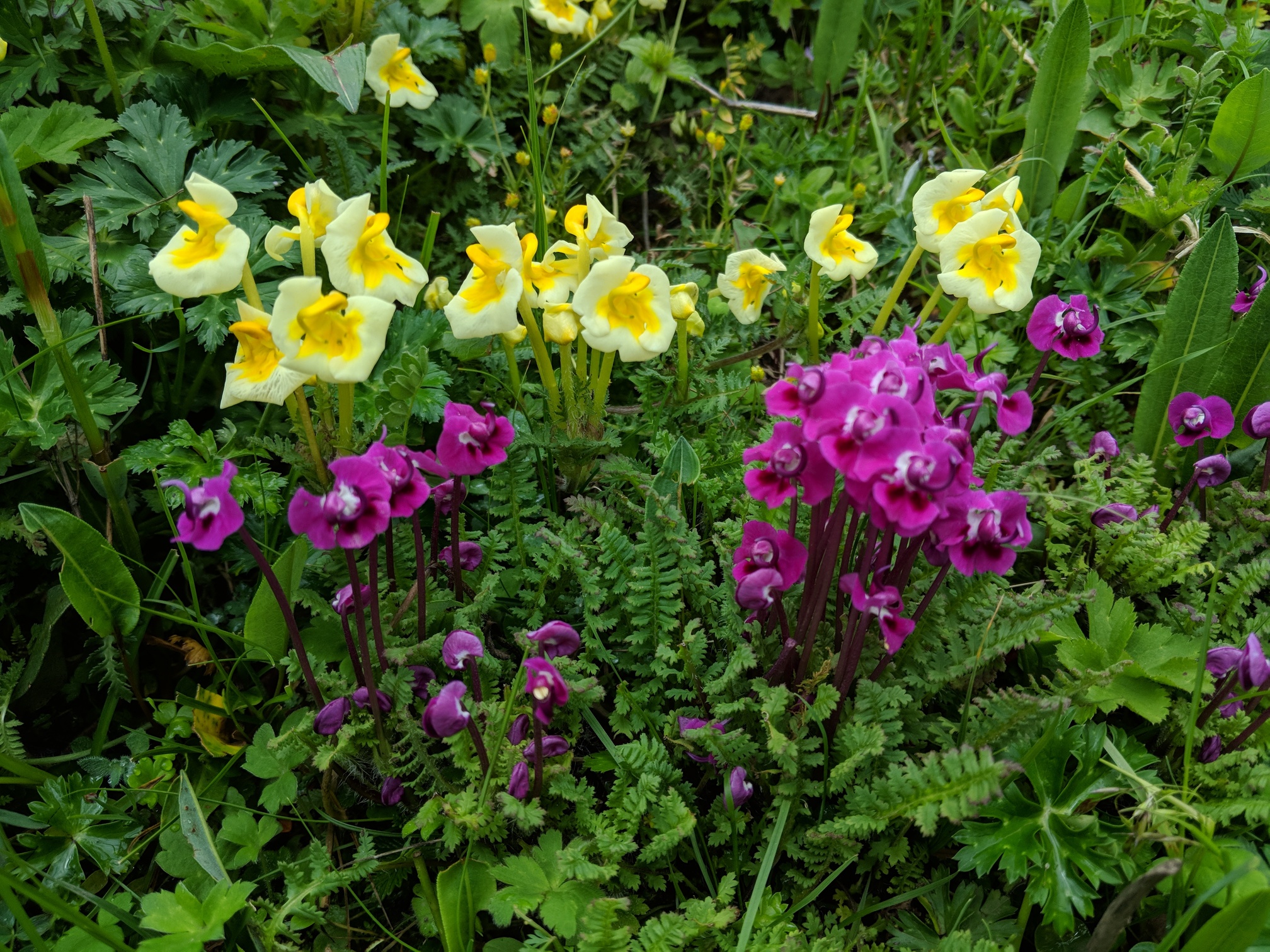
The Hengduan Mountains
The Hengduan Mountains
The Hengduan Mountains
Does interspecific competition/interference drive floral divergence?
Is floral divergence associated with genetic divergence/speciation?
Morphological terminology
The beak of the galea directs pollen placement and pickup
Elongate styles
Elongate styles have evolved multiple times (Ree 2005)
and facilitate
pollen competition among species (Tong and Huang 2016).

Ecological pattern: reproductive interference
Phenotypic overdispersion (limiting similarity); phylogenetic randomness (homoplasy); (Eaton & Ree 2012).
Evolutionary process: reproductive character displacement
Divergent selection drives greater differences between populuations in sympatry than allopatry (e.g., benthic/limnetic sticklebacks).
Evolutionary process: reproductive character displacement
The difficulty in Pedicularis is that there are so many
species.
I set out to develop a community model
of character displacement.
Reproductive character displacement
Hypothesis: Differences among populations (within species) are a result of interspecific interactions driving character displacement in local communities.
Case study: Pedicularis cranolopha
Case study: Pedicularis cranolopha
P. cranolopha

P. longiflora

P. rhinanthoides
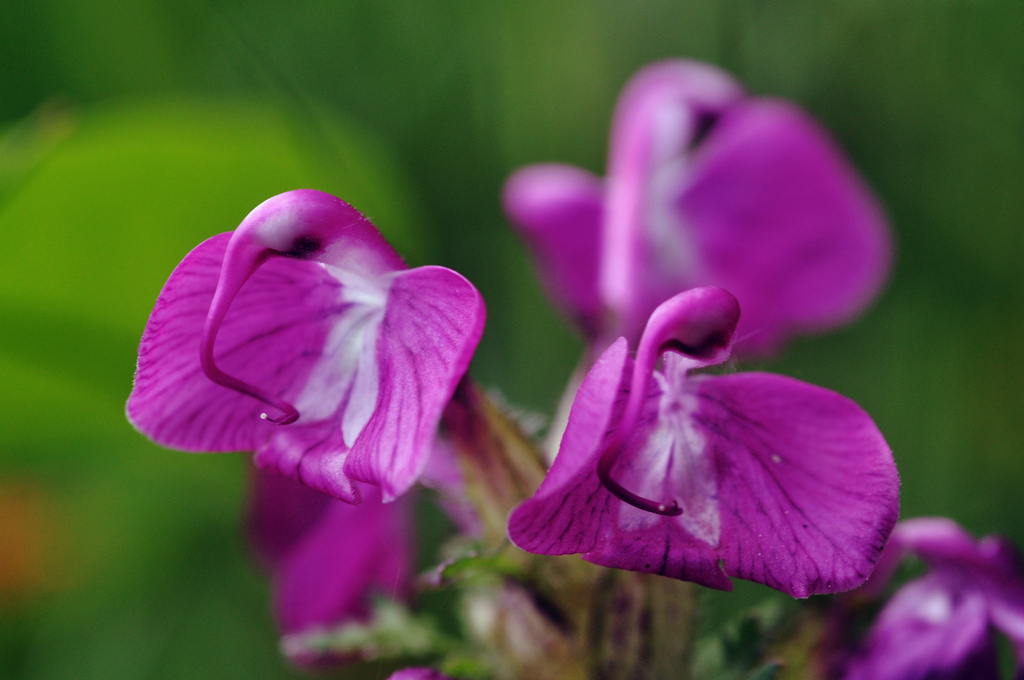
P. fetisowii

Testing association between phenotype and (biotic) environment
P. cranolopha RAD-seq genomics
110 individuals across 15 targeted locations.
RAD-seq (original) PstI enzyme, Floragenex Inc.
5.5M reads per sample; ipyrad min50 denovo assembly
20K loci, 21% missing, 286K SNPs
P. cranolopha RAD-seq genomics
110 individuals across 15 targeted locations.
RAD-seq (original) PstI enzyme, Floragenex Inc.
5.5M reads per sample; ipyrad min50 denovo assembly
20K loci, 21% missing, 286K SNPs
Testing association between phenotype and (biotic) environment
Lande (1976):
Selection pulls
the mean phenotype towards a local optimum, while
Gene Flow homogenizes phenotypes among populations,
and they evolve by stochastic
Drift.
Felsenstein (2002):
Eigen decomposition of the known migration matrix
yields a transformation to get independent trait means
(no covariances) and expected variances.
Model summary: breaking it down
1. Focal phenotype (style length) measure across 15 populations.
2. Migration matrix estimated from
RAD data to model expected covariation of focal phenotypes.
3. Local biotic variables
phenotypic and phylogenetic distance to other Pedicularis in
each community. We will model local optima as a function of these
measurable variables.
Implementation: Bayesian hierarchical regression model in pyMC3: Fit residuals between observed and transformed trait means with biotic variables (allowing different slopes for different species).
A community phylogenetic test for
character displacement
P. cranolopha has a longer style when co-occurring with closer relatives; supports gametophytic "arms-race" hypothesis.
The Ecological and Evolutionary Consequences of Reproductive Interactions
Interference:
Reproductive interactions among close relatives drive
floral character displacement in a hotspot of plant
diversity.

Isolation:
Floral divergence among populations affects
rates of gene and species coherence.
Introgression:
SNP based method for reconstructing admixture on trees.
Experiment: Does style length variation affect gene flow?
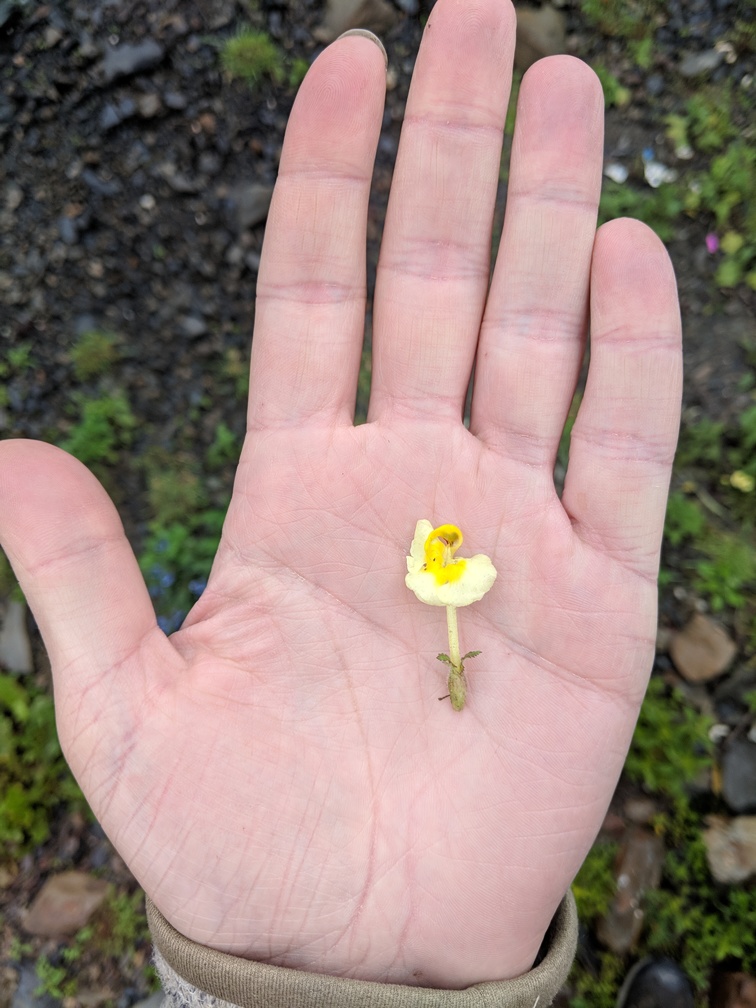
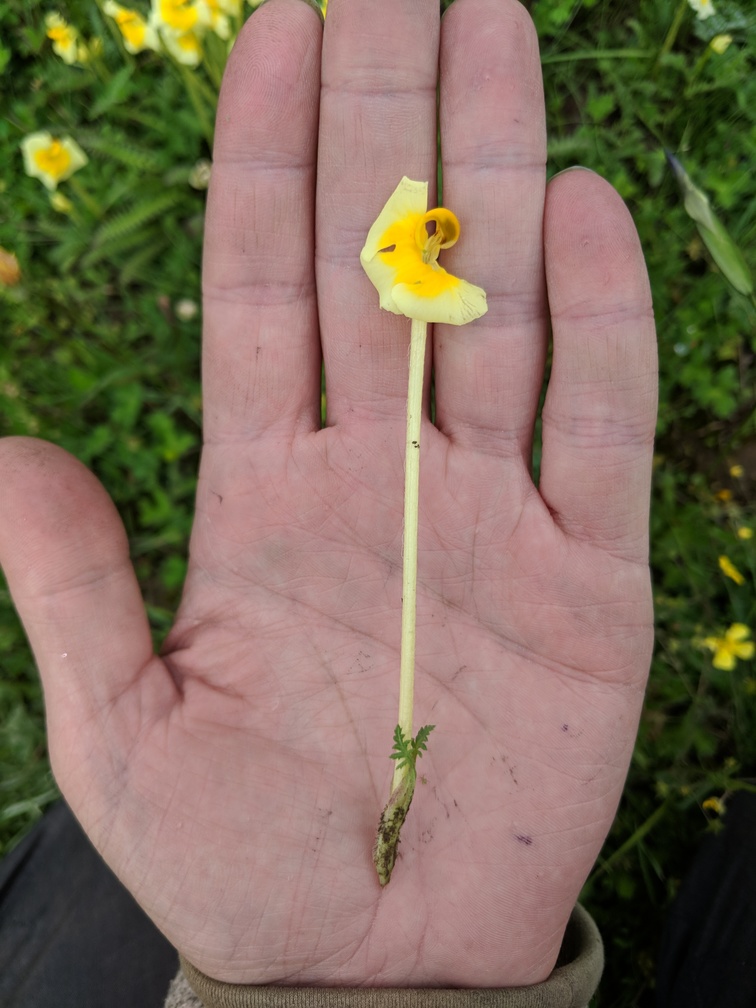
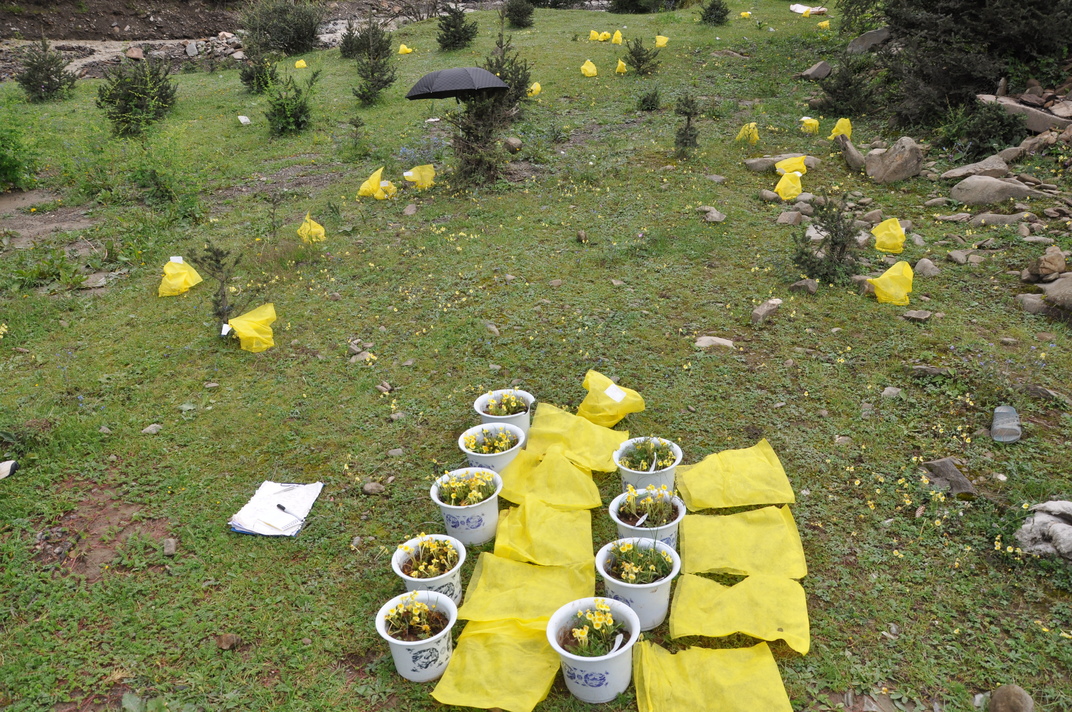
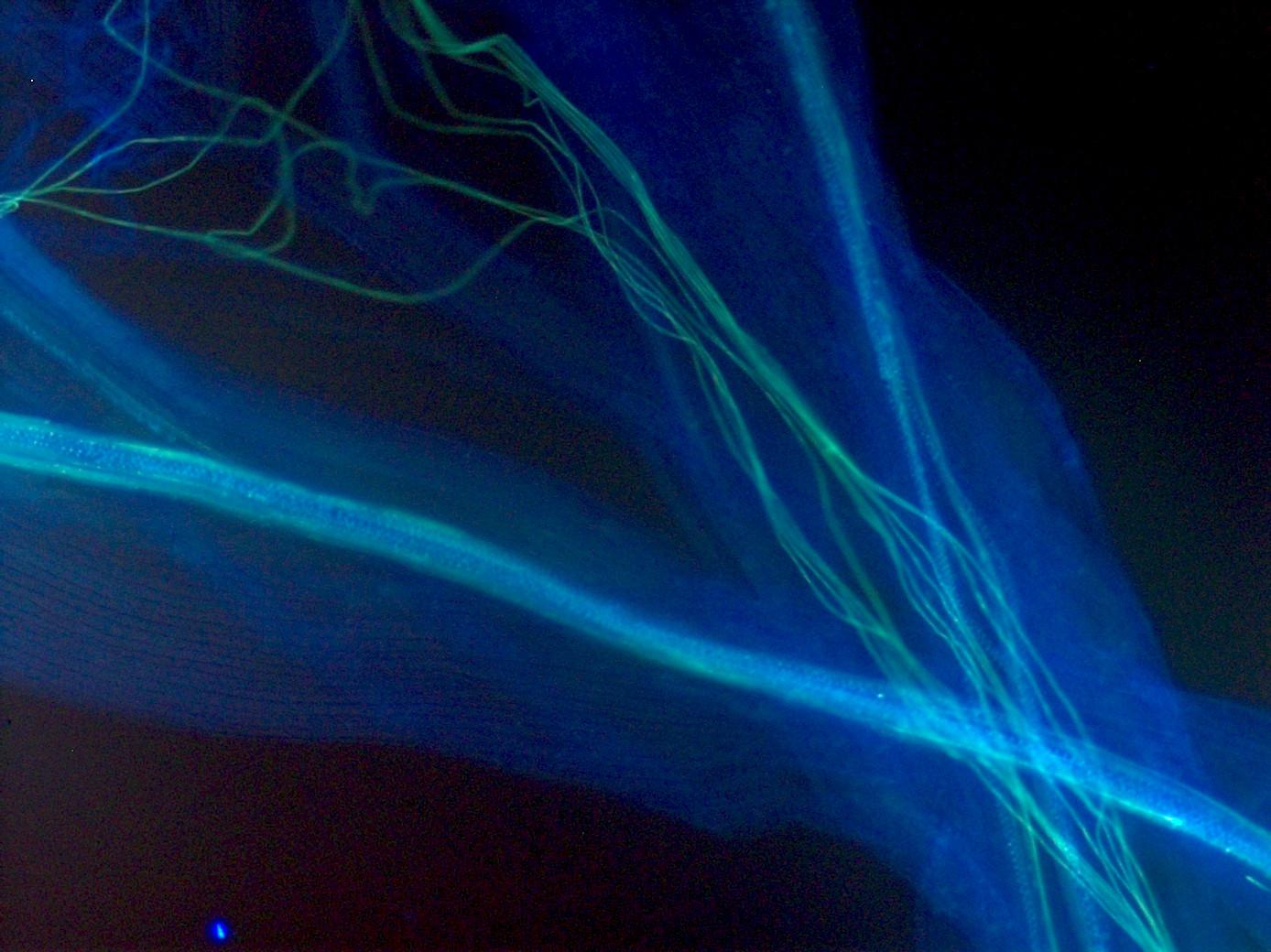
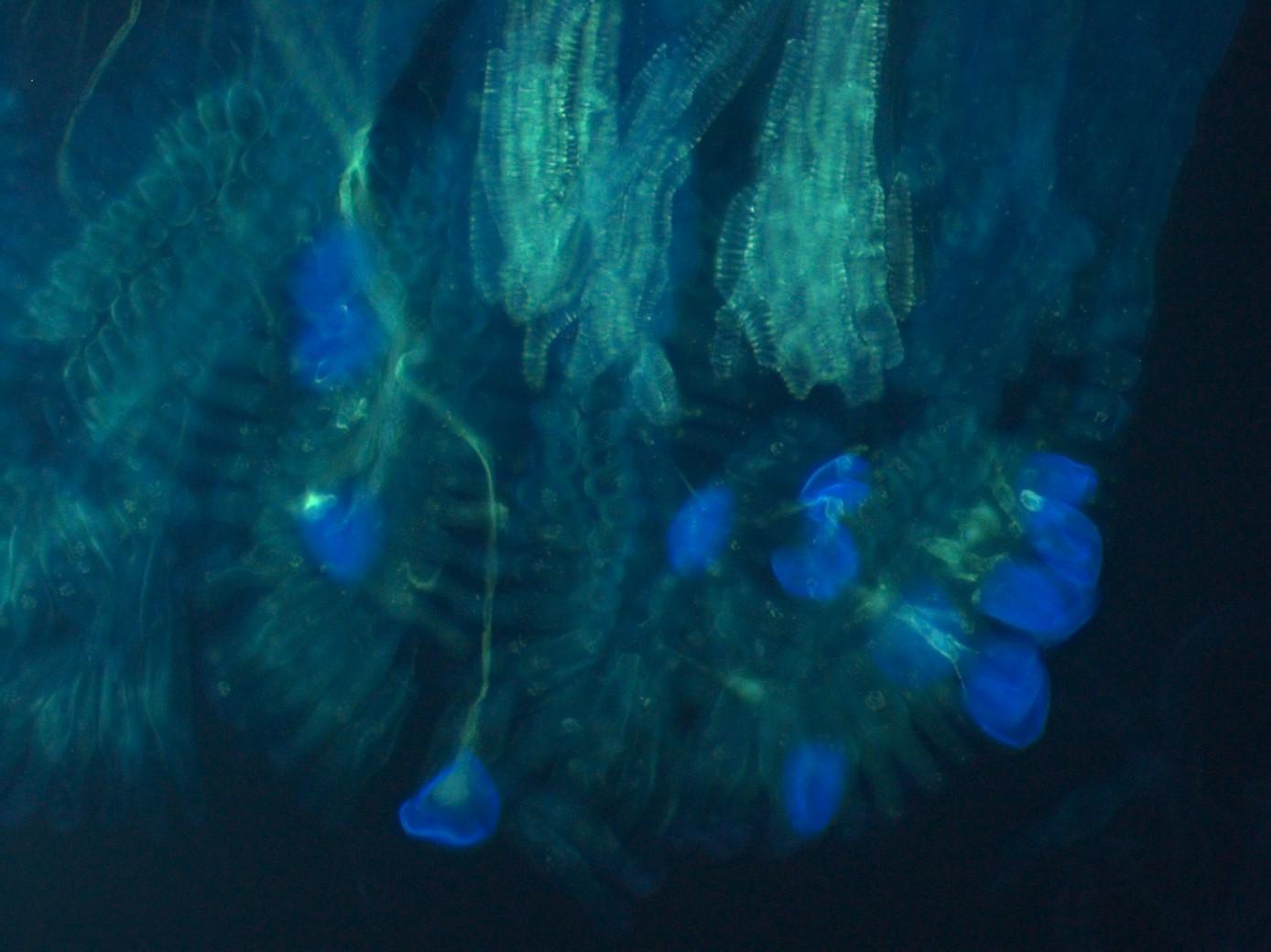
Larger pollen grows faster and further, consistent with 10X higher migration from long to short style populations inferred from genomic data.
Systematics of the P. cranolopha complex
Taxonomically challenging; split into species/subspecies based on style length, pubescence, and presence of a "horned bill".
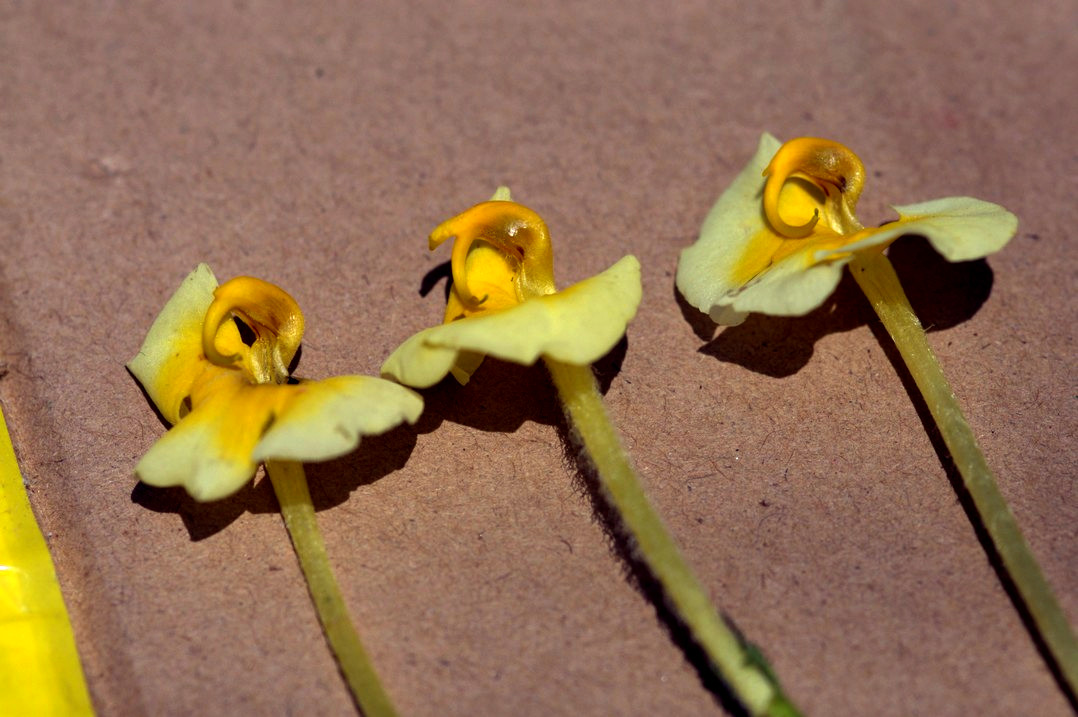
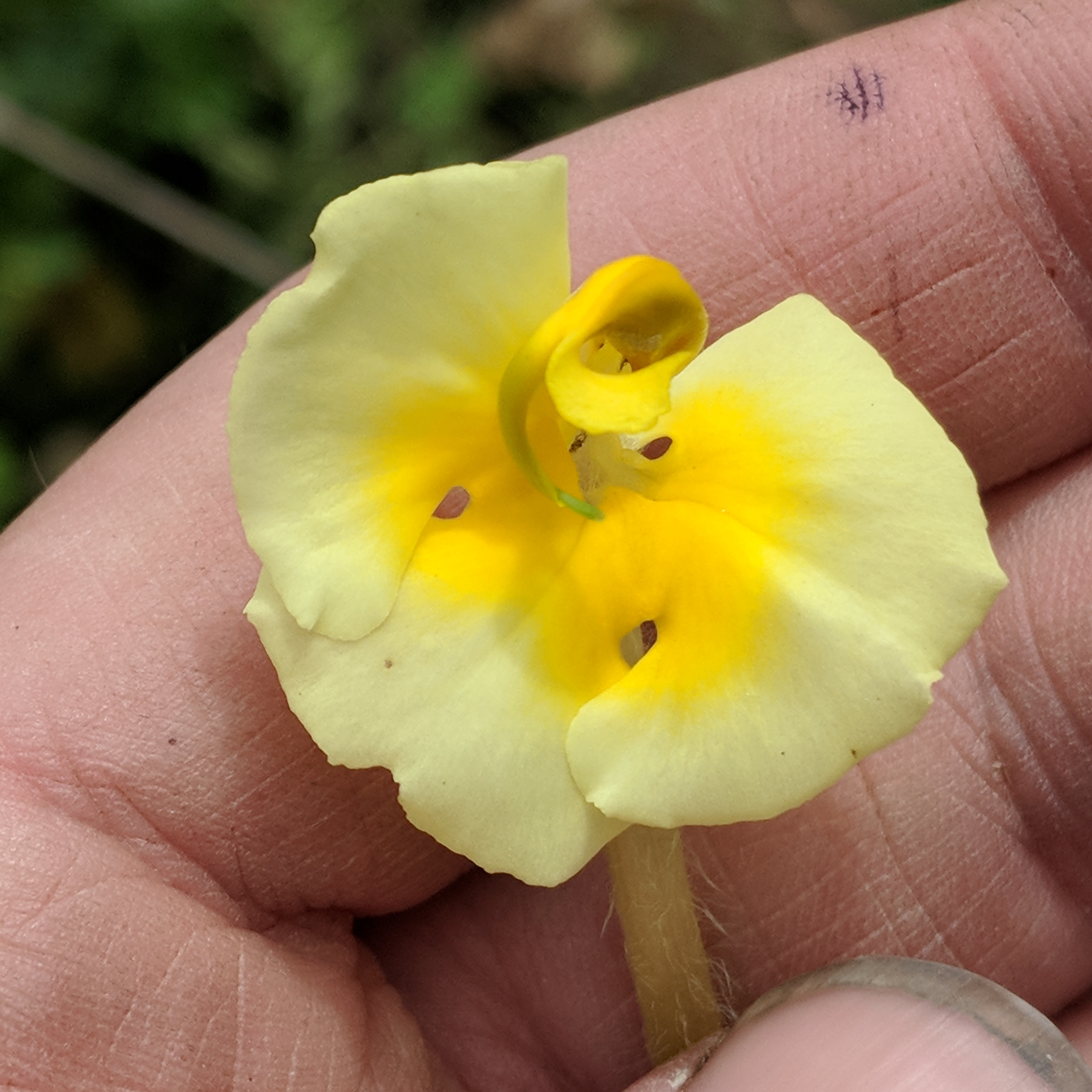
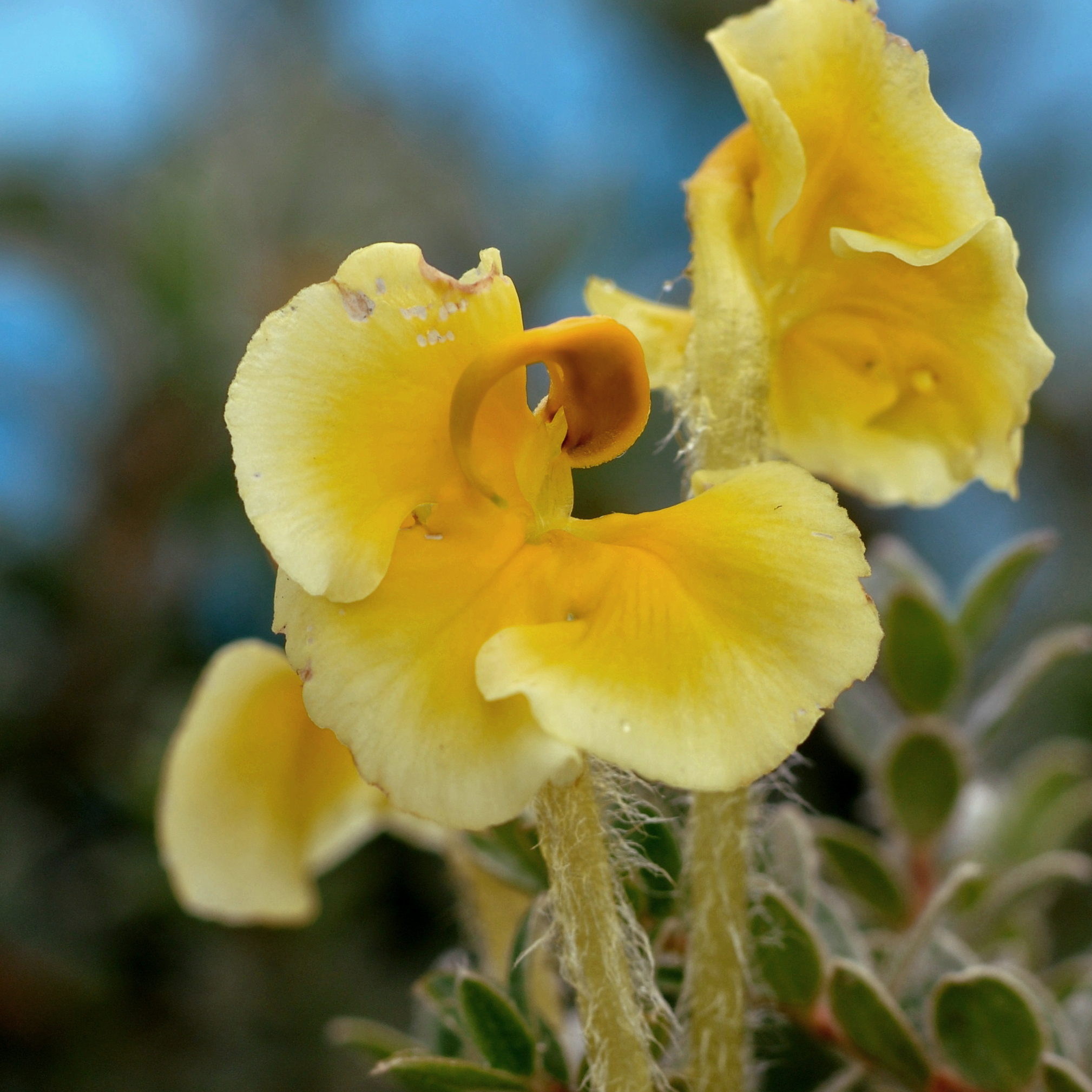
Pollen transfer occurs on the right side of bumblebee pollinators
but is not highly precise, bees can squirm about.
In horned populations bees are restrained in the "fork", presumably increasing precision.
Systematics of the P. cranolopha complex
Hybrid zones: contact between populations with "horned bill" and without.
Systematics of the P. cranolopha complex
Hybrid zones: contact between populations with "horned bill" and without.
1
2
2
3
Horned bill variation within hybrid zone 1.
What's next?
Identify gene for "horned bills" using admixture mapping and Fst outliers. We've sampled three independent hybrid zones. Did horns arise once?

Quantify pollen flow between horned and non-horned types in hybrid zones using fluorescent nanoparticles (quantum dots!).
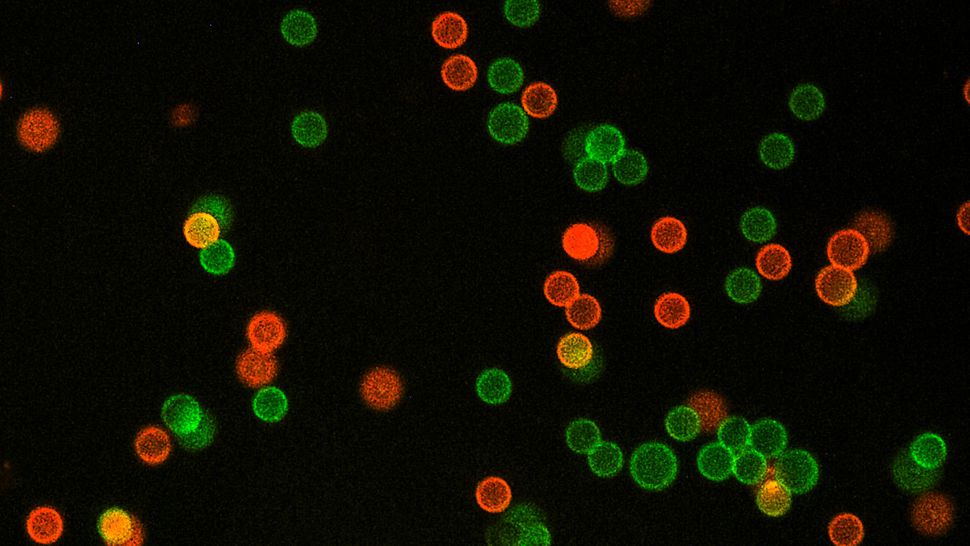
Acknowledgements
Richard Ree
Dave Boufford
Huang Shuang-Quan
De-Zhu Li
Patrick McKenzie
Jared Meek
Zhengyu Yi
Joe Felsenstein
NSF DEB
NSF DDIG
NSF EAPSI
Caterpillar
Columbia University
